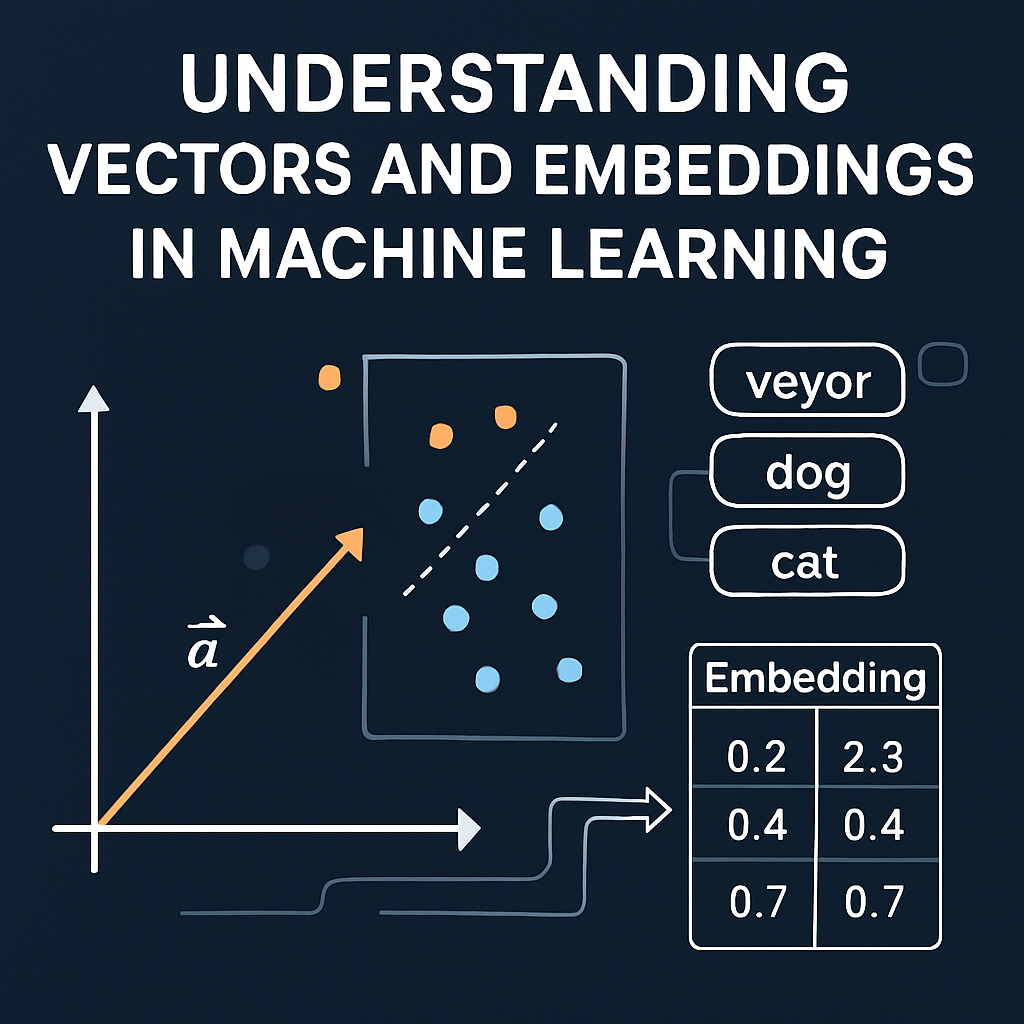Neural Networks 101: Understanding the Basics and Backpropagation
A beginner-friendly introduction to neural networks with a focus on backpropagation.

Neural Networks 101: Understanding the Basics and Backpropagation
Neural networks are the backbone of modern artificial intelligence. They power everything from image recognition to recommendation engines. Think of them as layered systems of virtual neurons passing signals to each other. In this post, we'll ease into the fundamentals and then ramp up to how learning happens through backpropagation.
Here's a fun bit of trivia: our name NeuronSearchLab comes from combining the idea of neurons with our mission to help you search through data - because we love experimenting to find smarter answers.
What is a Neural Network?
A neural network is a system of interconnected nodes - or "neurons" - organized in layers. It typically consists of:
- Input layer: Takes in the raw data.
- Hidden layers: Perform calculations and feature transformations.
- Output layer: Produces the final prediction or decision.
Each neuron receives inputs, processes them (often with a weighted sum), passes them through an activation function, and then sends the result to the next layer.
Activation Functions
Activation functions introduce non-linearity, allowing neural networks to learn complex patterns. Common activation functions include:
- Sigmoid: Outputs values between 0 and 1.
- ReLU (Rectified Linear Unit): Outputs 0 for negative values, and the input itself for positive values.
- Tanh: Outputs values between -1 and 1.
Forward Propagation
In forward propagation, the input data passes through the layers of the network, and each neuron computes its output. The final output is the network's prediction. However, early in training, these predictions are often wrong.
Hang in there - this is where the magic of learning kicks in.
What is Backpropagation?
Backpropagation is how a neural network learns. It adjusts the weights in the network to minimize the error in predictions. Here's how it works:
- Loss Calculation: After forward propagation, we compute the error using a loss function (like Mean Squared Error).
- Gradient Calculation: Using calculus (the chain rule), we compute how much each weight contributed to the error.
- Weight Update: We adjust the weights using a technique like Gradient Descent, moving them in the direction that reduces the error.
This process repeats many times, improving accuracy.
Why is Backpropagation Important?
Without backpropagation, a neural network wouldn't know how to improve. It's what enables deep learning models to extract meaningful patterns from massive datasets.
Pretty cool, right? Once you understand this loop, you can start training networks to tackle real-world problems.
Frequently Asked Questions
How does a neural network learn from data?
⌄
It learns by adjusting its weights using backpropagation based on the error in its predictions.
What is the difference between shallow neural networks and deep neural networks?
⌄
A shallow network has one hidden layer, while a deep network has multiple, allowing it to learn more complex features.
Do I need to know calculus to use neural networks?
⌄
Not necessarily to use them via libraries like TensorFlow or PyTorch, but understanding the math helps in tuning and debugging.
Why are activation functions important in neural networks?
⌄
They allow the network to learn non-linear patterns; without them, the network would behave like a linear regression model.
What causes neural networks to overfit their training data?
⌄
Overfitting happens when the model learns the training data too well, including its noise, and performs poorly on new data.